How To Eat Low Carbon In Four Simple Steps
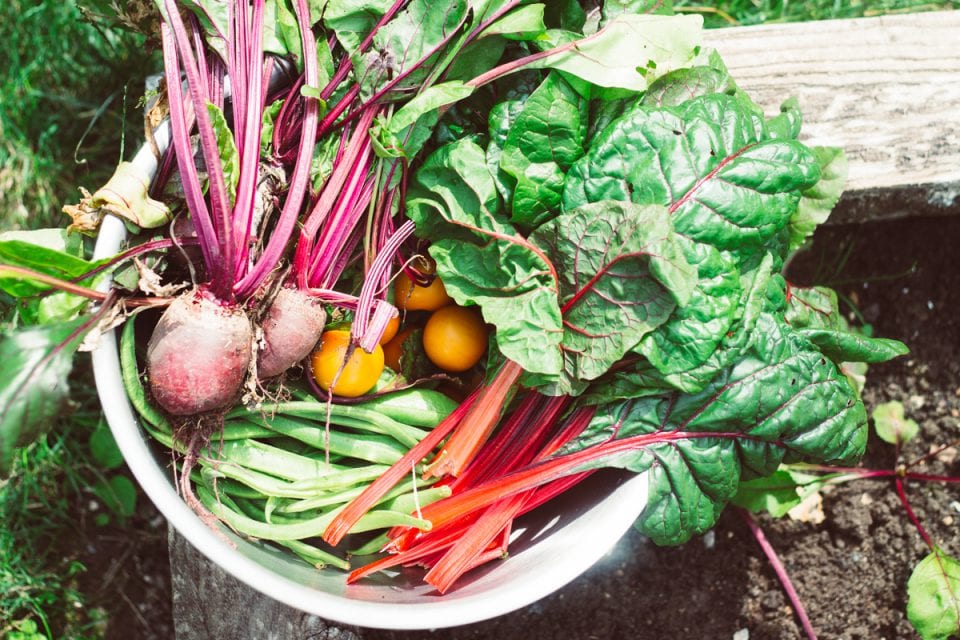

I’ve now published an up to date article about the low carbon diet that is much more comprehensive. It demystifies common questions about a sustainable diet and provides shopping & cooking tips, check it out!
Over recent years I’ve grown steadily more aware of agriculture’s negative impact on the planet. It’s now understood that food production is responsible for around ⅓ of worldwide greenhouse gas (GHG) emissions. I wanted to find out how I could help reduce this footprint. After researching different diets and foods I came to realise – how and what you eat can have a big influence in reducing carbon emissions.
After years following a quote on quote low-carbon diet.I think I’ve got a pretty great picture about what constitutes a “low carbon” meal. In this article I’ll share what I’ve learned and give you four simple tips to reduce the footprint of your dinner plate.
Preface – Eating Low Carbon Doesn’t Have to Be Boring!
You might be thinking that eating sustainably consists of living of plain bread and fasting for the majority of the day. You’re fearful you’ll have to give up all that tasty flavour and live like a hermit. Well fear not, I bring good news, eating low carbon is actually incredibly tasty! Low carbon recipes are packed full of wonderful seasonal veg, bursting full of flavour and come with a good helping of your very favourite carbs. Just check out a few of a few fan favourite low carbon recipes on the site:
Pretty great huh! You can check out the full listing of recipes here. Every one of the dishes is guaranteed to be low carbon and has a breakdown of how much co2 you’ve saved eating it. Read on to find out how you can make all of your recipes at home low carbon:
Eat Less Meat And Dairy
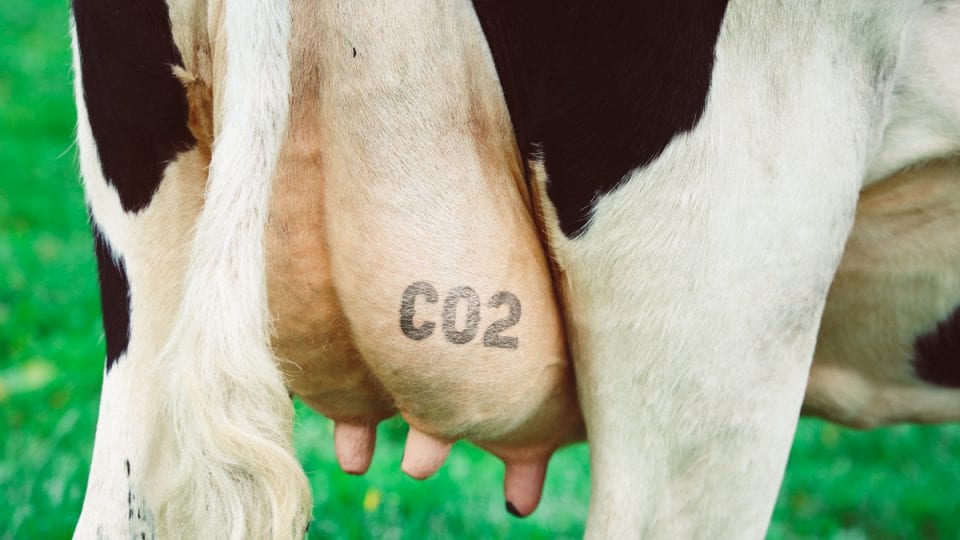

The first thing that you can do to reduce your food emissions is eat less meat or even cut it out entirely. Indeed, livestock is one of the biggest contributors to the agricultural carbon footprint. Why? Simply put, meat production is incredibly inefficient. It takes a vast amount of energy and resources to rear, slaughter, and prepare an animal to be eaten. To illustrate how inefficient meat is, take the following example: producing 100g of beef protein produces around 50 kg of GHG emissions. That’s on average as polluting as producing around 12,500g of pea protein!
Dairy is a high-carbon food for the same reasons as meat – it’s inefficient to rear and farm the livestock that produces it. Making 100g of cheese protein produces around 11 kg of GHG emissions. This is around 5x worse than a tofu based equivalent or 13x worse than an equivalent made from pulses. But, what might surprise you is cheese has worse GHG footprint than chicken, pork and farmed fish. So many would do well to treat cheese as an equivalent to meat.
Studies show that if you cut out meat and dairy entirely you could save 35–49% GHG from your diet. So, if you want to be as environmental as possible, think about going plant-based. If you’re not looking to cut out meat and dairy entirely, a balanced approach to your diet can still cut out a big chunk of GHG emissions.
For example, limiting meat and dairy consumption to a few meals throughout the week can help you reduce your carbon footprint. Try by having the majority of your meals plant-based, saving meat and dairy to around 2-3 nights a week. By dialling back your meat consumption in this manner you could save around 21% GHG from your diet.
It is also beneficial to switch to less carbon-intensive meats. Beef and lamb are routinely cited as the most polluting meats, so try to go for chicken, pork and fish instead. Switching your meat consumption to less polluting livestock can save an average of 20% GHG emissions from your diet. Going pescatarian can give you another 7% saving with a 27% GHG reduction in your diet. If you’re out at a restaurant and decide to eat meat but are struggling to remember what’s the greenest option, as a general rule of thumb, lighter meats are less polluting.
By curtailing the amount of meat and dairy you have during the week you can significantly reduce the carbon footprint of your eating. A majority or solely plant based diet is great way to eat the planet green. But there are other factors that you will need to watch out for if you want to further limit your emissions. I’ll cover those next.
Avoid Air-Freight At All Cost


Importing food from overseas is not as bad as you may believe. Transport represents a very small portion of the overall GHG impact for most foods. That being said, the number of “food miles” added after product leaves the farm gate does incrementally add Co2. So it’s best to try and eat as locally as you can. But this is not always preferable, see the next section to find out more.
What is more important than distance traveled is the method of transport. Below is a table representing the common forms of food transport and their corresponding Co2 impact.
| Mode | CO2 per tonne transported a kilometer |
|---|---|
| Air plane (air cargo) | 602g |
| Modern lorry or truck | 62g |
| Modern rail | 22g |
| Modern ship (sea freight) | 5-16g |
Air freight is by far and beyond the worst offender. Shipping foods by air adds a considerable footprint to the end product, and in turn to your dinner plate. For example, in the UK, if you eat a 250g packet of local Asparagus in-season this represents a carbon footprint of around 125g of GHG. But if you were to eat that same packet air-shipped from Chile it would have a footprint of 3.5kg of GHG. Thus the air-freighted asparagus is almost 2x worse in terms of GHG impact than eating the equivalent amount of British lamb!
The problem with air-freight is that most suppliers/supermarkets don’t mark the method of transport used when selling produce. So how can you avoid food that has been air-freighted? I came up with a handy acronym OLOS, which can help you make a good estimate:
Good examples of short shelf life foods are: strawberries, sugar-snap peas, tomatoes and lettuce. In general if you stick to the above rule you can avoid the majority of air-freighted goods. However, one way to avoid them all together is to eat seasonally – let’s talk about this a bit more in the next section.
Eat Seasonally
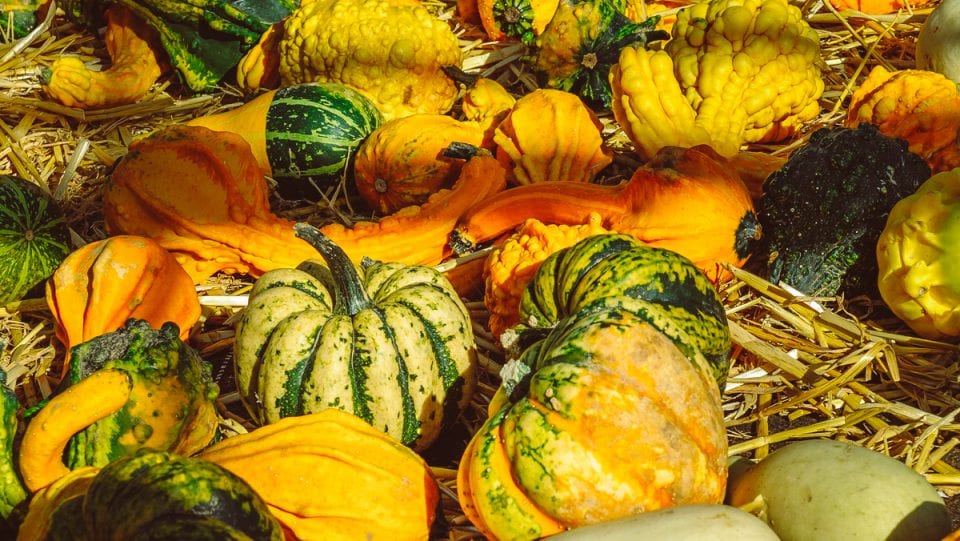

It was only relatively recently that the we got used to having a huge range of foods available all year round. The rise of global trade has ushered in unfettered food abundance for wealthier nations. This has been positive in many cases, but has made us forget the bond between our local agricultural calendar and our palate.
By eating in season food you’re going to get the tastiest of the produce but also the most environmentally friendly. Seasonal produce is much more local meaning you won’t have to worry too much about “food miles” or air-freight (see the previous section). But more importantly, it means that you will also avoid produce that has been grown out-of-season in artificially re-created conditions.
Farmers, under pressure of imported out-of-season goods during the winter, produce ‘summer’ vegetables in heated greenhouses. This uses considerably more energy than traditional production. Innocent looking vegetables produced in this manner have some of the worst environmental credentials around.
Take British organic tomatoes as an example. Produced in the summer growing months, organic tomatoes have a very favourable impact of 400g GHG per kg – about a 1/10th of the emissions it takes to produce the equivalent weight of a British chicken. In contrast, buying organic on-the-vine cherry tomatoes in March means they are produced in heated glasshouses - and their carbon footprint rises to a whopping 50kg GHG per kg. This is over two times more GHG per kilogram than British beef, traditionally seen as the most polluting meat.
If you eat in season you’ll sidestep this problem. Gravitating towards food naturally produced in your local climate. Produce which has been grown with minimal additional energy. It’s also incredibly rewarding and fun to eat with the seasons. There are some great resources out there to find out what’s in season when. On this site you can use the handy seasonality table to quickly find out which produce is in season or not.
Reduce Your Food Waste
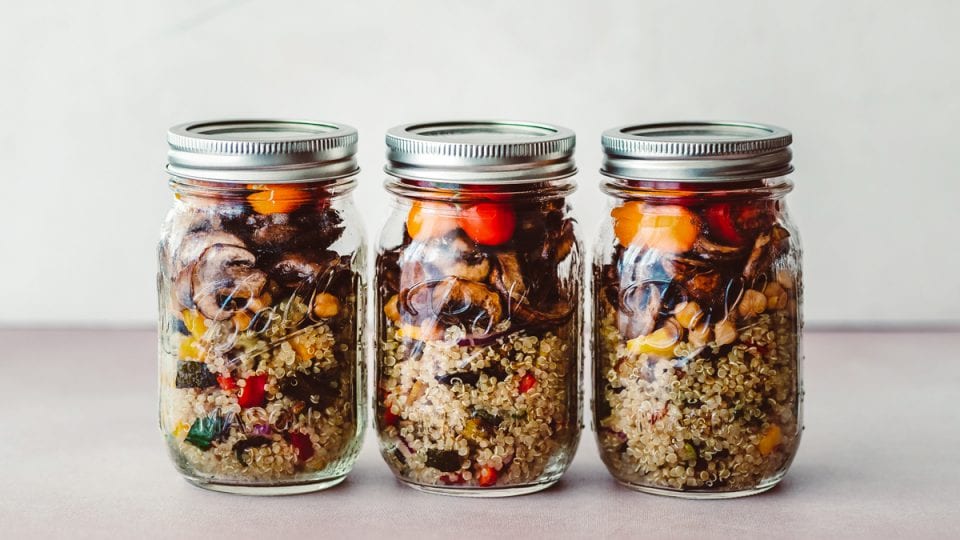

Around 1.6 billion of tonnes of food is wasted a year, and around 53% of food waste is generated by households. Throwing away food isn’t just throwing away produce, you’re also wasting all the energy that the items took to produce. It’s estimated that food waste accounts for 3.3 billion tonnes of GHG released into the atmosphere per year.
Food waste creates an even more damaging problem in our food supply chain. Farmers are constantly producing more food than we actually need. Think about how much less food, and in turn how fewer emissions, would be produced if we ate all the food we bought.
You might think that binning a few mouldy carrots here and there won’t have much impact on your personal footprint, but that couldn’t be further from the truth. It’s estimated that cutting out all avoidable waste from your diet can give you GHG savings of around 12% of your total diet emissions. In other words if you were to waste as little as possible for just a week you would save the same amount of GHG that it takes to drive 61km in an average car produced in 2018. Not bad!
The easiest and simplest way for you to cut down on your food waste is to plan your week’s food. Most food is spoiled because it’s left in the cupboard or fridge for too long and goes off. Proper meal planning will help you shop correctly and spread ingredients throughout the week. I recommend sitting down on a Sunday and plan out the weeks meals ahead. Be sure to always check what you have already in the fridge or other perishables when doing this.
Conclusion (TLDR)
In summary if you are looking to eat as low-carbon as possible you should:
Cut back or cut out meat and dairy from your diet. If you’re not cutting out meat entirely try shifting to less carbon-intensive meats. These include (broadly in order from best to worst): fish, chicken, pork.
Try and eat locally, especially avoiding food that has been air freighted. Use the OLOS method to work out if a food has been air shipped.
Eat seasonally. Adapt your palate and recipes throughout the year. Above all steer clear of out-of-season food that has been produced locally; most likely it has been produced in a heated greenhouse. Buying food produced in a heated greenhouse is environmentally worse than importing.
Reduce your food waste by planning your weekly meals. Cycle your cupboards and fridge to use leftover produce.
Simple & Tasty Low Carbon Recipes
Don’t want the hassle of working out what you need to cook for a low carbon diet? Don’t worry I got you covered! Check out all the recipes on this site. Everyone of my recipes is designed to be super tasty and as low carbon as possible. Each come with a detailed carbon footprint breakdown so that you can actively see how much carbon you are saving.
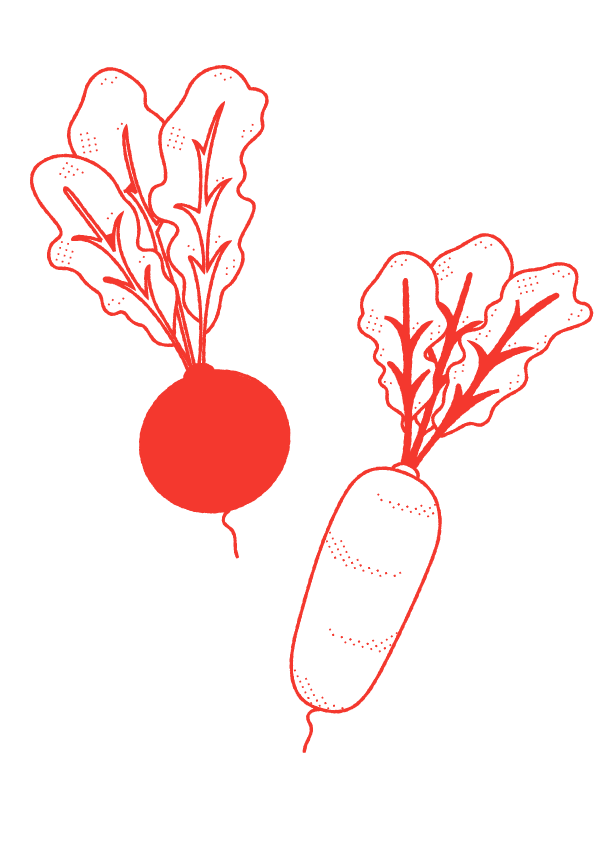



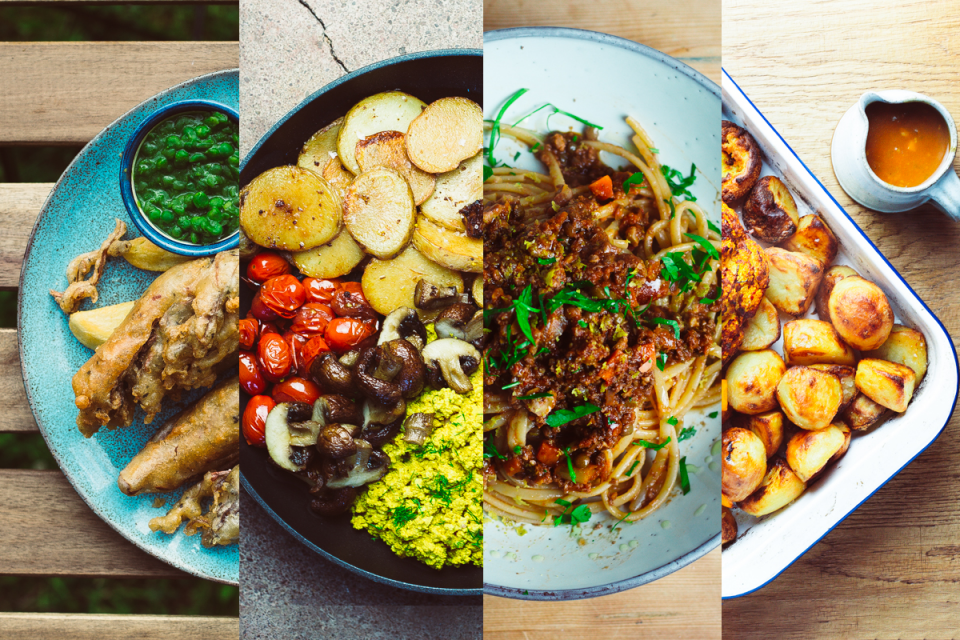
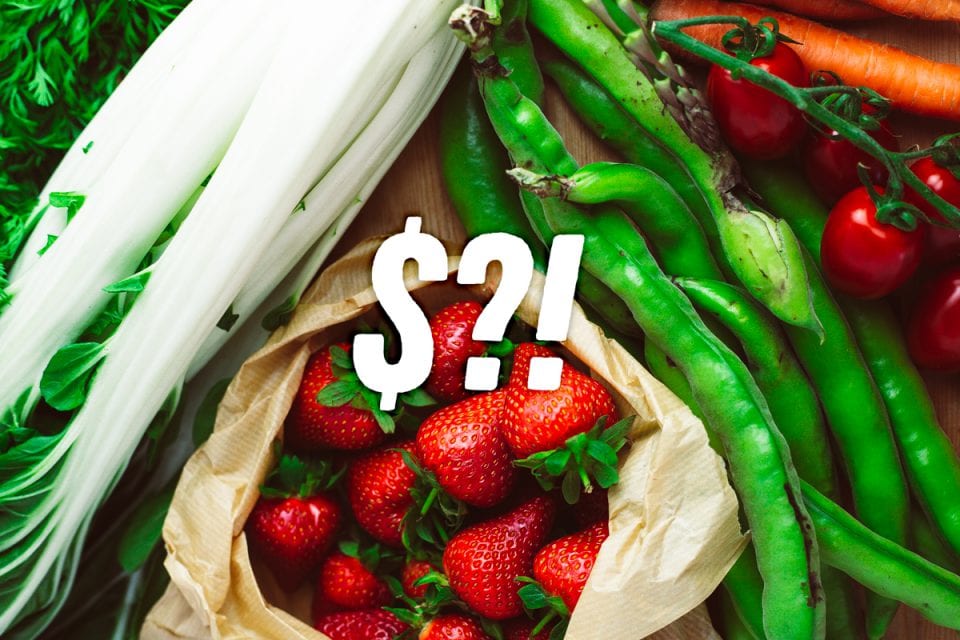
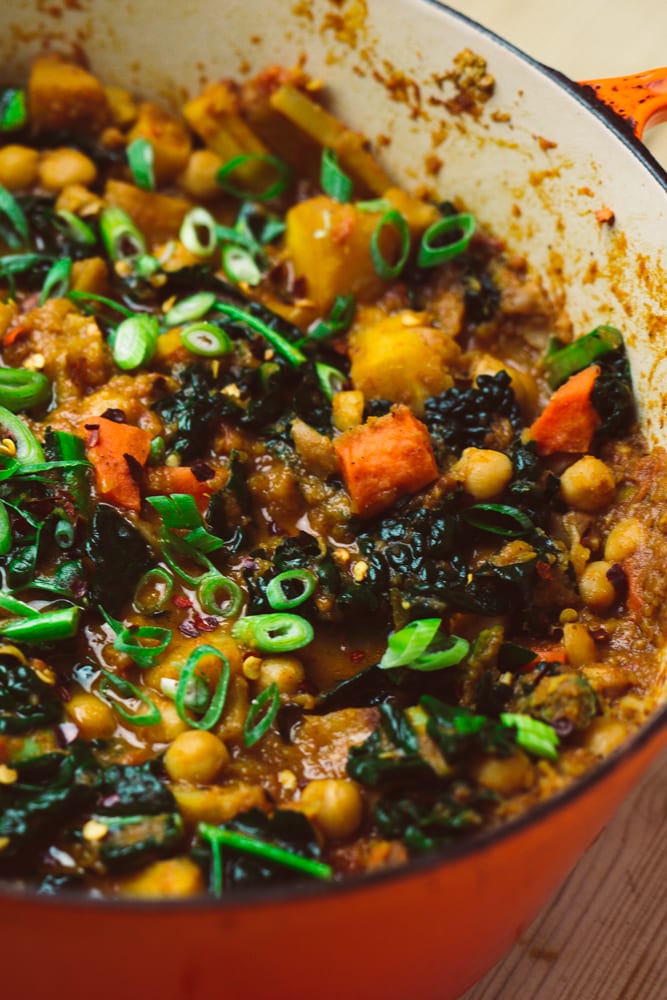
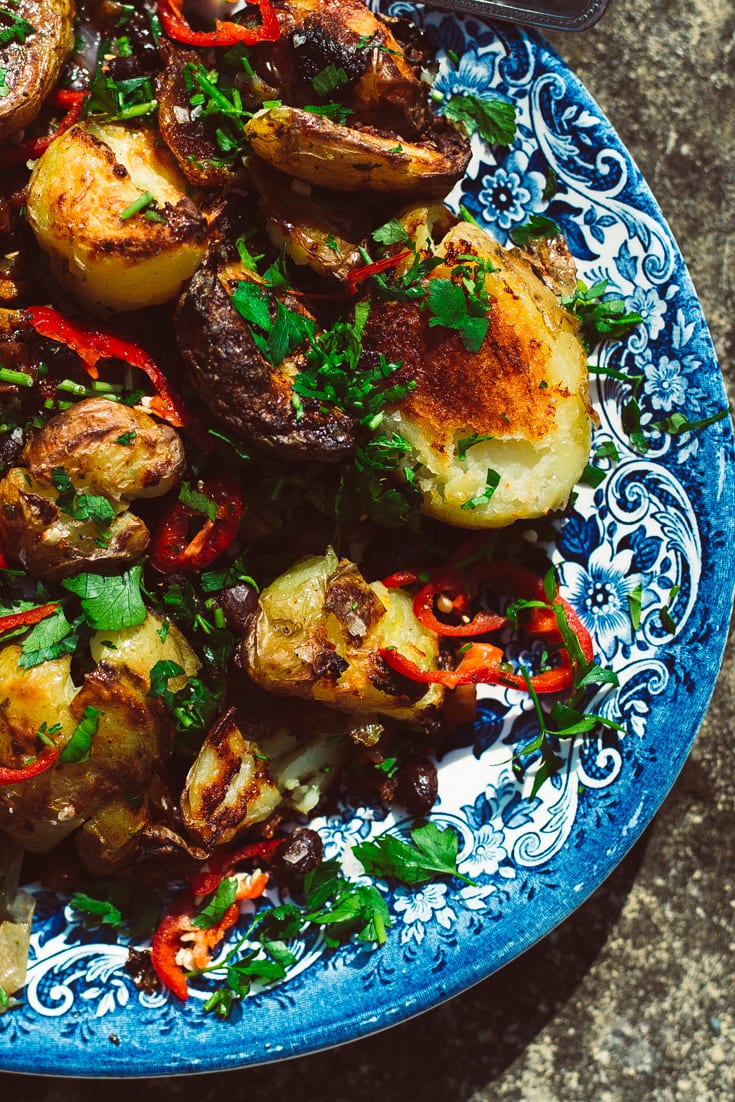
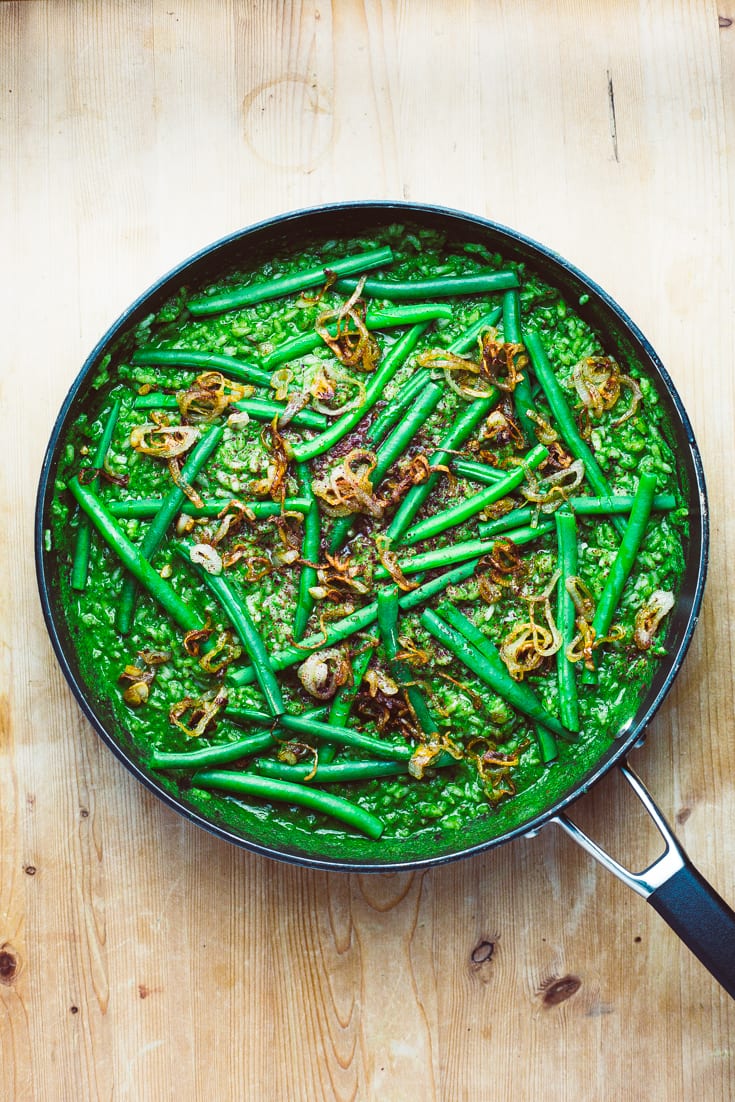
6 Comments
Valeriya
November 2, 2020 at 1:17 pm
Hi Hugo! Such a wonderful web-site! And so much needed! Great recipes too. Please go on!
hugo
November 2, 2020 at 1:20 pm
Thank you Valeriya, I hope the site helps you out a little!
Jane
August 16, 2021 at 10:32 am
Hi, just found your site today, whilst looking for a planted based recipe for swede. I have now discovered that this mammoth swede I purchased for 79c is not in season yet😕, but still mustn’t waste it. your peanut swede noodle recipe looks delicious so will be just one of the meals this monster will make. It’s get to find a UK plant based site as the ingredients are available and in the same season as Ireland where I am. Thanks. I’m off now to explore your site some more, good luck
hugo
August 17, 2021 at 6:41 am
Hey Jane, lovely to hear that you’re enjoying the site. The peanut swede recipe is great. The swede mac & cheese is also a winner. Thanks for you support and I hope the site helps with your cooking in the future!
suzanne Bennett
July 3, 2022 at 9:45 pm
A mine of useful info! Thanks Hugo💚
hugo
July 4, 2022 at 7:21 pm
no problem Suzanne!